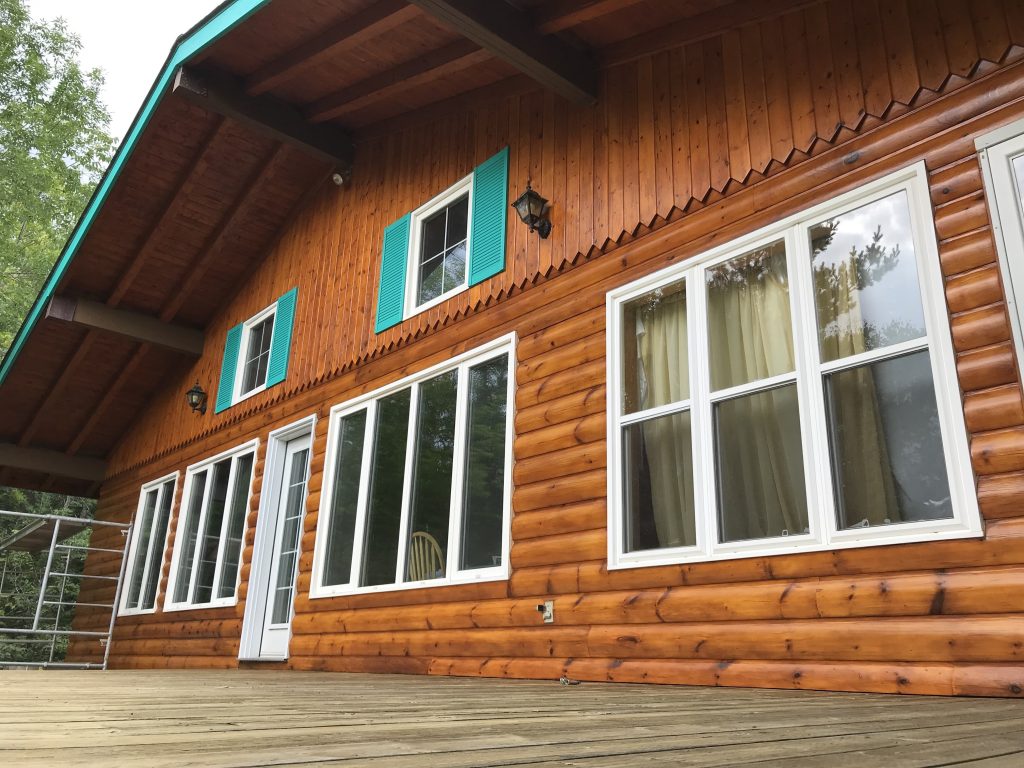14 Nov Solid Versus Semi-Transparent Stain
 Whether you are finishing your outdoor deck or a handcrafted piece of furniture, many people wish to change the colour. You can choose from striking blues, deep browns, rich reds, and so much more. Staining is a relatively simple process that makes a big difference and many people find that they can tackle it all on their own. However, there is some debate over whether it is better to use a solid or a semi-transparent stain.
Whether you are finishing your outdoor deck or a handcrafted piece of furniture, many people wish to change the colour. You can choose from striking blues, deep browns, rich reds, and so much more. Staining is a relatively simple process that makes a big difference and many people find that they can tackle it all on their own. However, there is some debate over whether it is better to use a solid or a semi-transparent stain.
Before you start applying colour on your latest wood project, make sure you understand the differences between these two types of stains.
Semi-Transparent Stains
Does the wood on your project have a beautiful grain but you hate the colour? Some people love to keep the natural element of the wood in their project. Semi-transparent stains are ideal for this sort of application. Their colour is a bit more diluted than a solid stain, allowing the natural grain of the wood to show through the thin layer of colour. It will not make the project shiny but you could add a sealer or a coat of final polyurethane that will add some sheen.
This type of stain is also a bit more forgiving if you aren’t an experienced painter with a keen eye for detail. Because it is relatively light, it can be easier to sand it away in areas that don’t look great. You can apply two coats to give your piece a much darker look if you are unhappy with the depth of colour after the first coat. Alternatively, you could easily cover it up with a solid stain in the future if the project doesn’t turn out how you intended.
Solid Stains
Solid stains are virtually identical to paints with only a handful of small differences that set them apart. They will go onto your project as a thick layer of colour, hiding any type of wood grain that you might have been able to see with semi-transparent stain. Most experts recommend applying two coats of solid stains for the best and most opaque results.
One of the main differences from paint is that a solid stain will not reflect any light. You can purchase glossy paints that do reflect light. This type of paint is often used on trim work and accent pieces. However, solid stain provides a matte finish only and will not catch the light in the same way that paint can.
Choosing A Side
Both semi-transparent and solid stains have their place when it comes to finishing a wood project. They can work in tandem with sealers to help protect your wood for the future. The actual choice between these two categories often comes down to your design preferences. Do you want to see more of the wood grain or do you prefer an opaque finish that eliminates its presence all together?
While many people feel that they can tackle staining small projects on their own, consider enlisting the help of a professional for larger projects like outdoor decks. Connect with experienced commercial painting in Winnipeg to actualize your project today!
